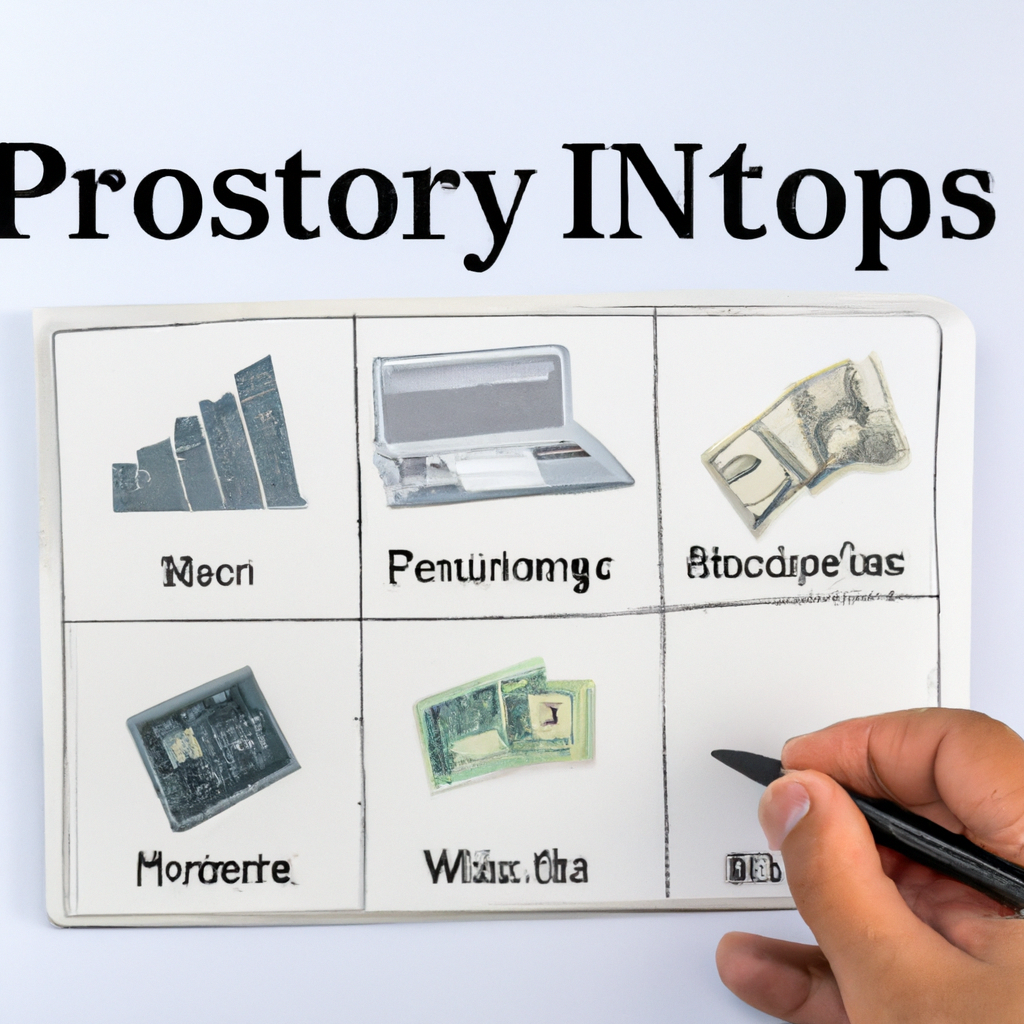
A Beginner’s Guide to Building an Investment Portfolio
How to Build an Investment Portfolio from Scratch
Embarking on the journey to build an investment portfolio from scratch can seem daunting at first, but with the right guidance and a step-by-step approach, anyone can start investing for their future. This article breaks down the essential steps to create a diverse and robust portfolio.
Understanding Your Financial Goals and Risk Tolerance
Defining Your Investment Goals
Before investing a single dollar, it’s crucial to understand your objectives. Are you saving for retirement, a down payment on a house, or your child’s education? Knowing what you’re investing for will help shape your investment strategy.
Evaluating Your Risk Tolerance
Everyone’s comfort level with risk varies. Consider how much market volatility you can endure without panicking. This will determine the types of investments that are suitable for your portfolio.
Researching Investment Options
Stocks
Ownership in companies. They offer high potential returns but with increased risk.
Bonds
Loans to governments or corporations, yielding fixed returns over time. They are generally considered safer than stocks.
Mutual Funds and ETFs
Pooled money from many investors to buy a diversified portfolio of stocks and/or bonds. These can provide instant diversification.
Real Estate and Alternative Investments
These can include physical property, commodities, or funds that invest in these assets. They can add diversification but may require more research or capital.
Constructing Your Portfolio
Determining the Asset Allocation
Your asset allocation should reflect your risk tolerance and investment horizon. A common strategy is to hold a mixture of stocks, bonds, and other assets in proportions that suit your risk tolerance.
Diversification
Within each asset class, diversify further to mitigate risk. For example, don’t just invest in one company’s stock or sector. Consider different industries, geographic regions, and investment styles.
Choosing the Right Investment Platforms
Brokerage Accounts
You’ll need to open a brokerage account to start buying and selling securities. Compare fees, services, and investment options when choosing a broker.
Robo-Advisors
For those seeking a more hands-off approach, robo-advisors can automatically build and manage a diversified portfolio based on your goals and risk tolerance.
Maintaining and Adjusting Your Portfolio
Regular Review
At least once a year, review your portfolio to ensure it’s aligned with your investment goals and rebalance if necessary. This may involve selling or buying investments to return to your desired asset allocation.
Staying Informed
Keep abreast of financial news and market trends, but avoid making impulsive decisions based on short-term market fluctuations.
Building an investment portfolio from scratch doesn’t have to be overwhelming. By following these guided steps, you will be well on your way to achieving your financial goals. Remember, investing is a marathon, not a sprint; patience and discipline are key to long-term success.

